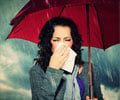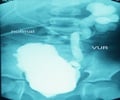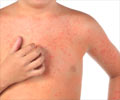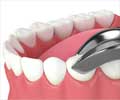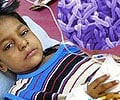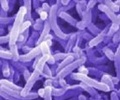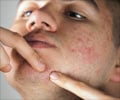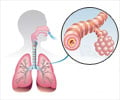Doxycycline Medication Information
Learn everything you need to know about Doxycycline-pronunciation, uses, dosage guidelines, indications, and when to take or avoid it.
Get up-to-date information on side effects, precautions, warnings, and proper storage to ensure safe usage.
Explore Doxycycline brand names commonly used in India and internationally, along with detailed pricing information. Consult your healthcare provider for tailored medical advice.
Generic Name : Doxycycline Pronunciation : DOC-xi-CY-CLINE ICD Code : Y40.4 Therapeutic Classification : AntibioticsBrand Names or Trade Names of Doxycycline
India :
International :
Doryx, Monodox, Vibramycin, Vibramycin Monohydrate, Vibra-Tabs
Why is Doxycycline Prescribed? (Indications)
This medication is a broad-spectrum antibiotic, prescribed for certain types of bacterial infections such as pneumonia and other respiratory tract infections, Lyme’s disease, infections of the skin, genital, and urinary systems and anthrax.When should Doxycycline not be taken? (Contraindications)
Hypersensitivity.What is the dosage of Doxycycline?
Adults: The usual dose is 200 mg on the first day of treatment in divided doses, followed by a maintenance dose of 100 mg/day.Child: The recommended dosage is 2 mg/lb of body weight divided into two doses.
How should Doxycycline be taken?
It comes as a capsule and suspension to take by mouth, with food.What are the warnings and precautions for Doxycycline?
• Caution should be exercised in patients with history of diarrhea, stomach or intestinal infection, the blood disorder (porphyria), any allergy, who are taking other medications, during pregnancy and breastfeeding.• Take full course of treatment.
• Avoid long-term use of this medication; otherwise it may cause secondary infection.
• Avoid exposure to sunlight.
• It should not be used in children less than 8 years old.
What are the side effects of Doxycycline?
Gastrointestinal - Loss of appetite, nausea, vomiting, diarrhea, tongue inflammation and difficulty in swallowing.Skin - Rash and photosensitivity.
Genitourinary - Rise in Blood Urea Nitrogen.
Hypersensitivity - Hives, swelling, shock and redness of the skin.
Blood - Anemia, eosinophilia, decrease in white blood cells and platelets.
Miscellaneous - Bulging fontanels in infants and stroke.


